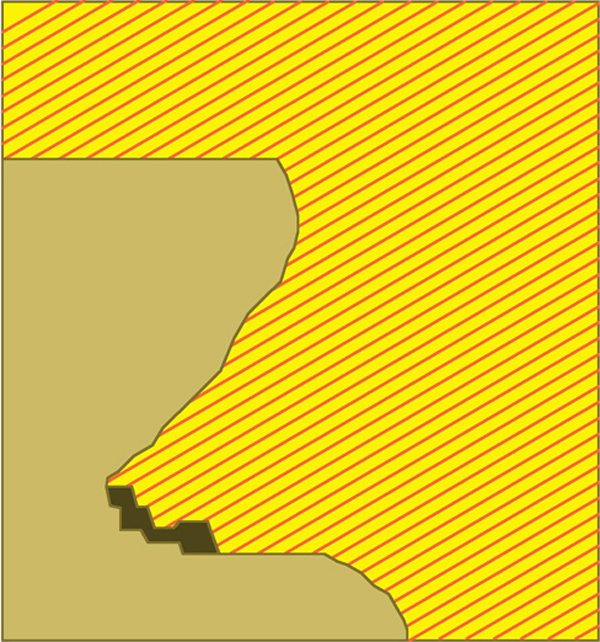.
.
Indigenous Building

Creating a comfortable living environment, within the resources and methods available in a given cultural and environmental setting, has been the fundamental goal of shelter design since building began. There are endless examples of this in the history of indigenous building. The Longhouse Pueblo at Mesa Verde, Colorado, built 900 years ago, is a good example. Here is a look at Mesa Verde, Colorado, today a National Park, at mid-day in July.
At the high sun angle of summer the Pueblo is in shade during the hottest part of the day. At the lower sun angle of winter, the Pueblo is heated directly by solar radiation. A helpful degree of passive climate management is provided for this Pueblo built within a south-facing cave.
Section through Mesa Verde Longhouse Pueblo settlement, from the West:

Summer Sun Angle

Winter sun angle
The HólosHouse draws inspiration from this ancient site built by indigenous Americans. This is another reason the HólosHouse can be considered an indigenous building for the 21st Century. The cultural and environmental setting encompasses the entire modern world: the history of science, technology, industry, and information is embodied in the materials and manufacturing processes used to build the HólosHouse.
Sun Angle
To manage the effects of sunlight on a building environment it is essential to understand regional sun angles on a daily and seasonal basis. It is clear that the indigenous people of Mesa Verde understood and took advantage of this. The geometry of the sun’s angle at any time of the day and any day of the year is critical for the managing the thermal effects of solar radiation on a building. This means that the shape and orientation of a building must be adapted to the dynamics of the earth/sun geometry for a given geographic region.
The HólosHouse does exactly that. The building is oriented in alignment with the north/south and east/west axis – lattitude 34 degrees north and 118 degrees west – the latitude of Los Angeles, California. The HólosHouse is designed with reference to that orientation in order to manage the thermal effects of solar radiation, the primary cause of overheating.
